

 |
 |
| Rm. P105: Retrograde motions of planets across our skies. |
To understand retrograde motion does not require knowing math, but ability to visualize what is happining does help. Imagine that Jupiter did not move in orbit around the Sun but was frozen in its orbit. Now as Earth goes around in its orbit (which is faster than Jupiter in its orbit..oh yea I forgot it is not in orbit now) and looking at Jupiter through out the year you would notice (especially if you plotted its location on a star map once every week) that it made an oval in the sky in relation to the stars behind it.
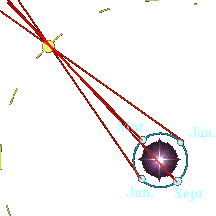
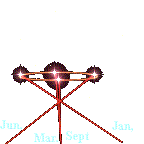
Now lets let Jupiter move again but now Earth is stopped. Looking back at Jupiter we notice that it moves across the sky from night to night pretty much in a straight line.
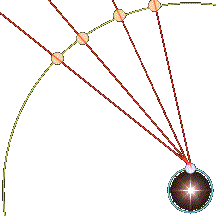
One Earth year of Jupiter orbit.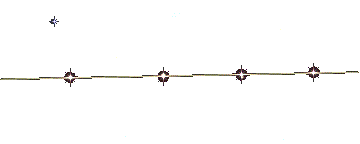
Line represents motion of Jupiter in orbit
Now get Earth moving again and combine the two Jupiter's path from its orbit with the oval of Earths orbit superimposed on it. When Earth orbit traces a path in the same direction as Jupiter's path, Jupiter just seems to mover faster than it would if Earth stood still. When Earths orbit traces its path in the opposite direction (of the oval it traces) Jupiter would seem to stop then move backwards slowly for awhile (retrograde!) then stop and resume its normal path.
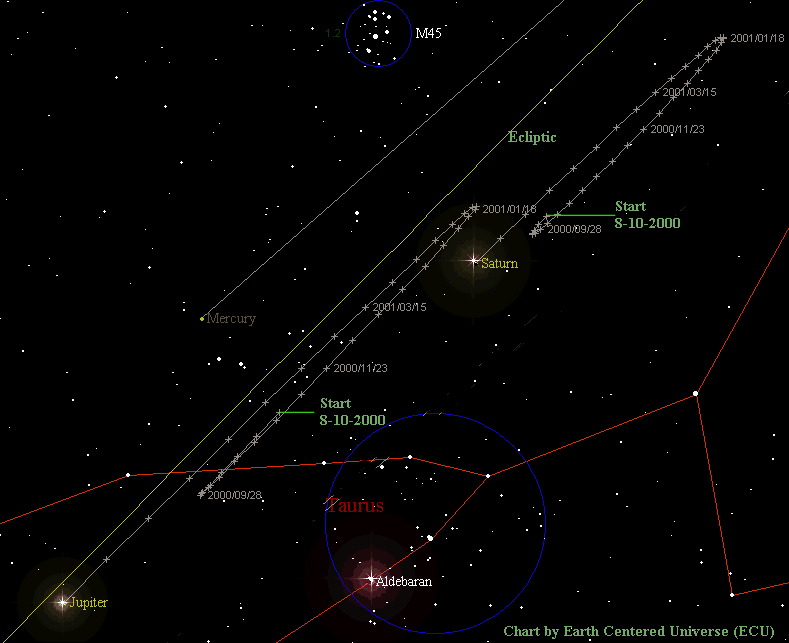
![]()